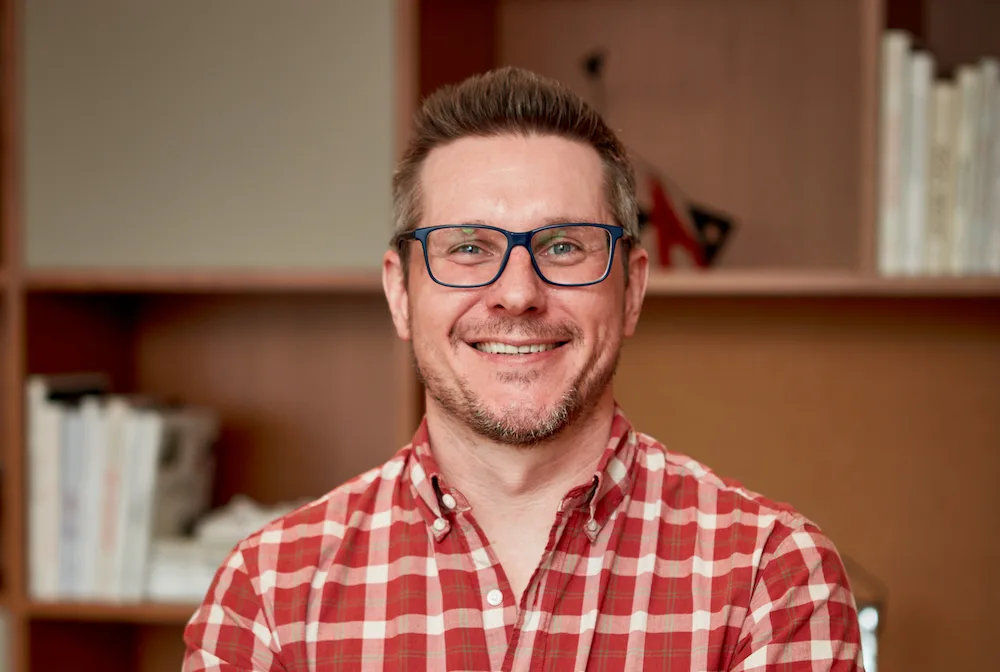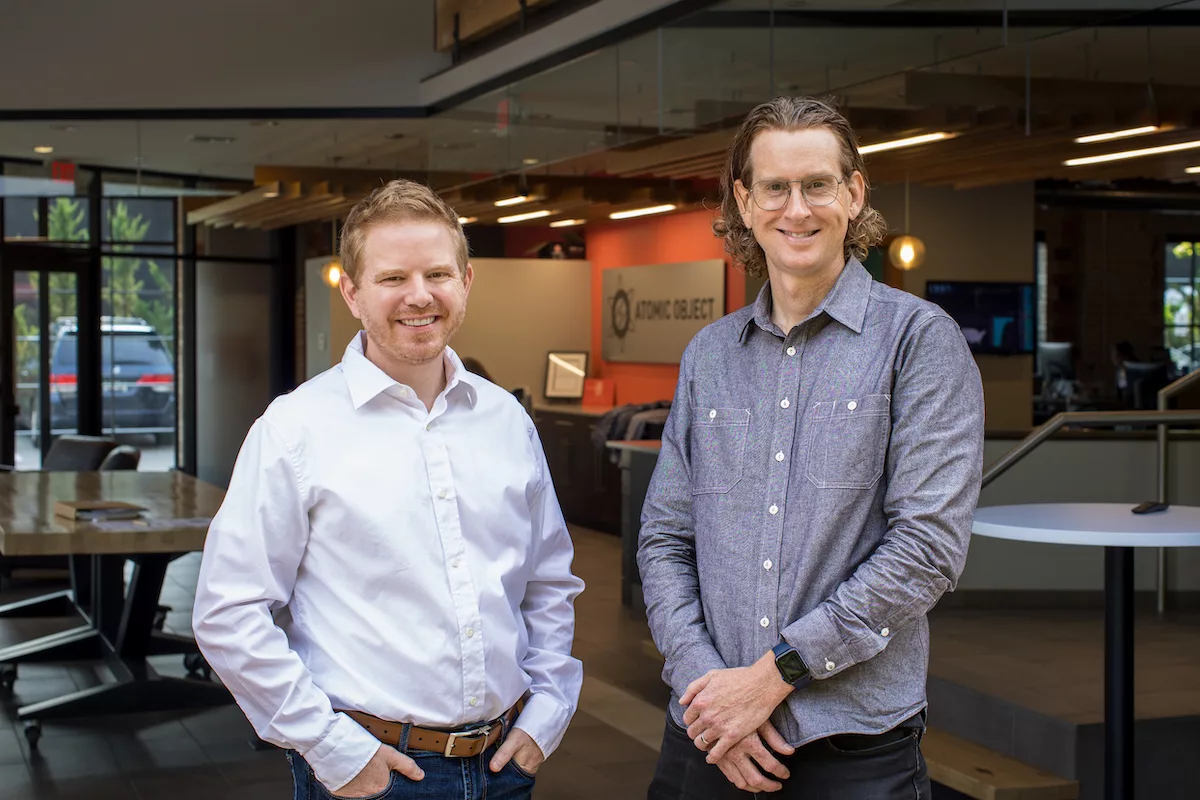In the past hundred years, the population of the contiguous United States has shifted from living in mostly rural areas to urban and suburban areas. According to the U.S. Census Bureau, urban areas make up only 3% of the entire land area of the country but are home to more than 80% of the population. Whereas 97% of the country’s landmass is rural but only 19.3% of the population lives there. And that population is dwindling with each passing year.
As more people migrate away from rural areas, filmmaker Dirk Wierenga says many people have lost an understanding, and appreciation, for what rural communities contribute to the nation, “despite the rural U.S. producing 90% of the country’s food and fuel,” he explained.
With that in mind, Dirk armed himself with a camera and microphone and embarked on a five-state journey to extract the history of the American countryside, the modern challenges of living in isolated places, and the remarkable beauty in one of the least visited regions of the country.
In this episode of ventures unscripted., Josh Barker, CEO of City Innovations, sat down with Dirk to chat about his film Route 2 Elsewhere, his background in filmmaking, his “zero to one” experience, and words of wisdom for other intra- and entrepreneurs.
Dive in by listening to the podcast video below or keep scrolling to read the podcast recap.
How It Started: An Entrepreneurial Spirit
As an instrumental music major, Dirk’s journey was ignited after college when he worked a short stint for his family’s appliance store. He quickly realized something was pulling him to start something new which set him on a course to explore his passions no matter where that took him.
From starting a marketing and creative design firm to traveling the county writing a book on belief systems, to building a publishing company, and providing consulting services for over a decade — Dirk learned many lessons in success, failure, business, and life. Most importantly, Dirk learned what he was most passionate about: storytelling.
Through all of his ventures, he was able to evolve his love of storytelling and found that he had an intense interest in filmmaking. Dirk figured if the right project came along, he wanted to explore it. So, he went all in and began teaching himself photography and videography, invested in the right equipment, and even moved into a studio.
Route 2 Elsewhere
“90% of America has no knowledge of what [rural America] is,” Dirk explained. “Nobody goes there. You don’t see rural America. You might see a checkerboard as you’re flying over so-called flyover states. You might see it if you’re taking an interstate.”
But after working on another book and documentary that took him across the country, Dirk had a new appreciation and interest in rural America. So, he started researching. The initial research took about six months. During this time, he learned about different, unique challenges that rural Americans face and how small communities have had to adapt to remain relevant in an ever-changing economy. Dirk researched topics ranging from access to healthcare, education, job opportunities, food and energy production, the rural-urban divide, and more.
“The root cause of the movie is really about how you get rural people to understand urban people and vice versa,” Dirk said.
After the initial research, Dirk set out on another cross-country journey. He spent over a year on a 1,500-mile, five-state stretch of US Highway 2 — which spans the Upper Peninsula of Michigan to the plains of Montana, one of the longest continuous stretches of the country. Dirk spent week after week meeting and interviewing people who would bring his documentary to life.
“I decided the only way I was going to actually be able to be listened to and be affirmed, and be able to affirm back, was to embed myself. So, I jumped in the car and fully immersed myself,” Dirk explained. “You’ve got to immerse yourself. If you take on a project that you actually want to have an impact, if you don’t immerse yourself in it, you’re not going to go anywhere.”
The Road to Engaging Over 10,000 People
One way that Dirk immersed himself in the project was through social media. He started a Facebook page where he could tell his story and share photography, building up a following every step of the way.
“The first thing that I learned was how incredibly intelligent people are,” Dirk says. “During the making of [my first DB Cooper filmmaking project], we had a PR agency who took over our social media. And the engagement was 400 people in spite of the fact that they were out blasting things all the time.”
“So I picked Facebook because I knew I could tell a story. People are going, ‘Who is this crazy guy out on the road?’ So instead of my engagement being 400 people, it ended up being over 10,000.”
Dirk found that his audience craved authenticity — the good, the bad, and the ugly.
“If you aren’t totally engaged with your own platform, people figure it out.”
“[Managers] often offload that onto other people to manage their social media or interact with their customers and they lose sight of what’s important to the customer,” Josh added.
“If you go back on my social media, you’ll see some foibles. Like, burying my Prius in a snowbank and having the butt end sticking up out of the snow!” Dirk said. “Everybody’s looking at it, seeing it in real-time, and I’m standing there waiting for [someone] to come and figure out how to pull me out of there. But that’s authenticity.”
After his success on social media, Dirk knew his documentary could reach even more people. From there, he started building relationships with individual PBS stations, getting Route 2 Elsewhere in the hands of producers, and widening his reach. So far, the documentary has been featured on five different stations and can be accessed worldwide on PBS Passport.
The Main Takeaway: Understand, Deepen, and Build Your Passion
After everything that Dirk has accomplished, all of the places he’s seen, and the people he’s met — he’s learned a lot; a lot about communities all across the country and about himself. And the one main takeaway that he could impart to other intra- and entrepreneurs was this: understand, deepen, and build your passion.
“The most often used word is passion. It’s important, but it’s not necessarily understood,” Dirk explained. “So, you find a passion for what you want to do, not what you think, you can make money doing — and then you fit your career to that.”
Dirk recommends working with larger companies, but in a way that you don’t lose your identity or your passion. “In my case, it was those 15 years I was working with very large companies. It fed me capital, which I was able to repurpose. It got me connections, and I was able to learn that I was project-oriented.”
After you’ve gained some industry knowledge and practical experience, Dirk said it’s time to find the off-ramp. Find your identity and use it. Find a way to deepen your passion, a way to make a difference, and create a vision that is not disposable. Then, build it up and positivity change the world.
So, what’s next? Dirk said he is planning on writing another book, a travel memoir and that, “The beauty of doing the topic that I picked is that it’s not going to grow old. The same issues are going to be there for a long time.” He has also expanded his route from 1,500 to 4,000 miles — planning a coast-to-coast endeavor next, which you can follow along on the Route 2 Elsewhere Facebook page.
Get Connected
Want to check out Route 2 Elsewhere? Purchase a DVD or stream it on PBS. Listen to the full podcast below to hear how the documentary was conceptualized and how it took off.
For more great venture stories, advice, and news, click here to subscribe to our email communications!



